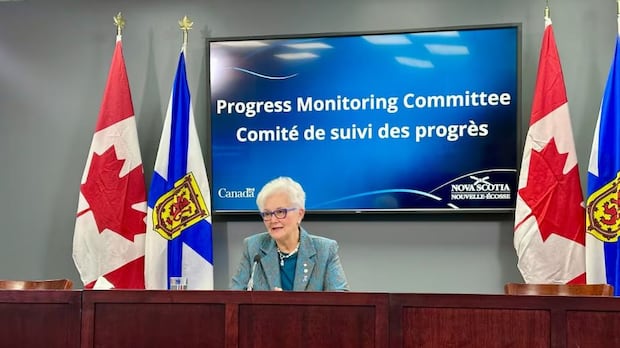How Nova Scotia tries to predict intimate partner violence before it escalates

As bereaved families and advocates continue to push for action on intimate partner violence following a surge of deaths in Nova Scotia, the focus has shifted towards prevention strategies. Xylia Fraser, the shelter manager of Chrysalis House, a women’s shelter in Kentville, has recently highlighted the increase in high-risk cases her team has seen since 2020. The severity of these cases, as indicated by a 20-question assessment used by the shelter, has raised concerns about the need for early identification and intervention.
The assessment tool used by Chrysalis House was developed by Jacquelyn Campbell, a professor at the Johns Hopkins School of Nursing in Baltimore, in 1986. It includes questions that help gauge the risk of a woman being killed by her male partner. Some of the questions focus on factors like gun ownership, jealousy, and previous suicide attempts. The goal of the assessment is to predict danger with a degree of certainty, allowing for early intervention in potentially lethal situations.
In addition to the assessment used by Chrysalis House, Nova Scotia police and Crown prosecutors utilize the Ontario Domestic Assault Risk Assessment (ODARA) tool. Developed by Zoe Hilton, a professor of psychiatry and research chair at the Waypoint Centre for Mental Health Care in Penetanguishene, Ontario, ODARA is a 13-question checklist that evaluates the risk of a male offender repeating an assault on his partner. High ODARA scores have been linked to an increased likelihood of further violence, not only against partners but also against other individuals.
All police agencies in Nova Scotia, including the RCMP and Halifax Regional Police, use ODARA to identify high-risk cases. Cases that score seven or more points are flagged for heightened monitoring and intervention. Even cases with lower scores may be considered high-risk at the discretion of agencies involved. Dolly Mosher, the co-ordinator of victim services with Halifax Regional Police, emphasized the importance of paying attention to cases with scores of five or six, as they may be just one step away from becoming high-risk.
Recent research conducted by Lana Wells, an associate professor at the University of Calgary, has focused on predicting violence before charges are laid. Her study found that in 73% of cases where charges related to domestic violence were eventually laid, police had been called to the home prior to the incident. This underscores the importance of early intervention and support for families and perpetrators to prevent violence from escalating.
Wells’ research highlights the need for additional resources, such as counselling and education campaigns, to support healthy relationships and conflict resolution skills. The findings from Calgary are believed to be applicable across Canada, indicating a nationwide need for proactive measures to address intimate partner violence. While progress is being made in Nova Scotia, there is still work to be done to ensure the safety and well-being of all individuals affected by intimate partner violence. Support and resources are available through programs like nsdomesticviolence.ca and helplines that can be accessed 24 hours a day by calling 211.




